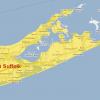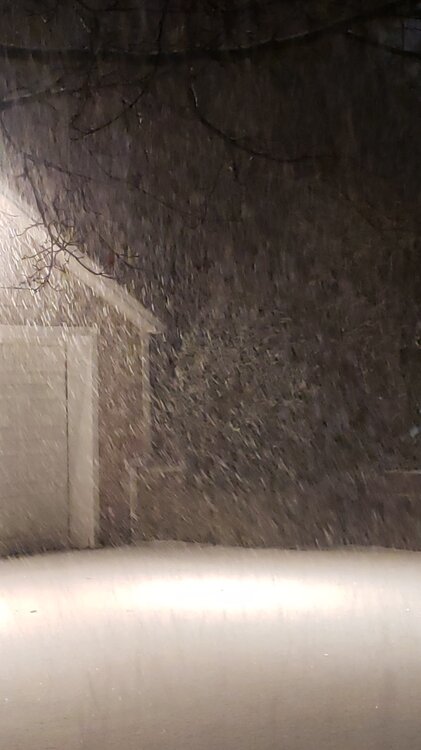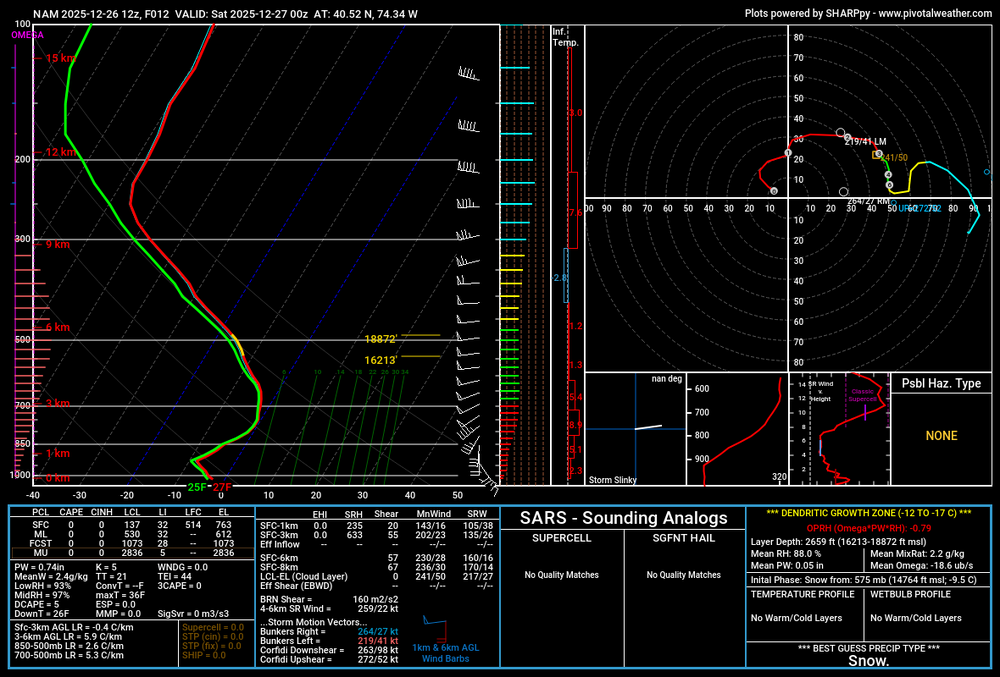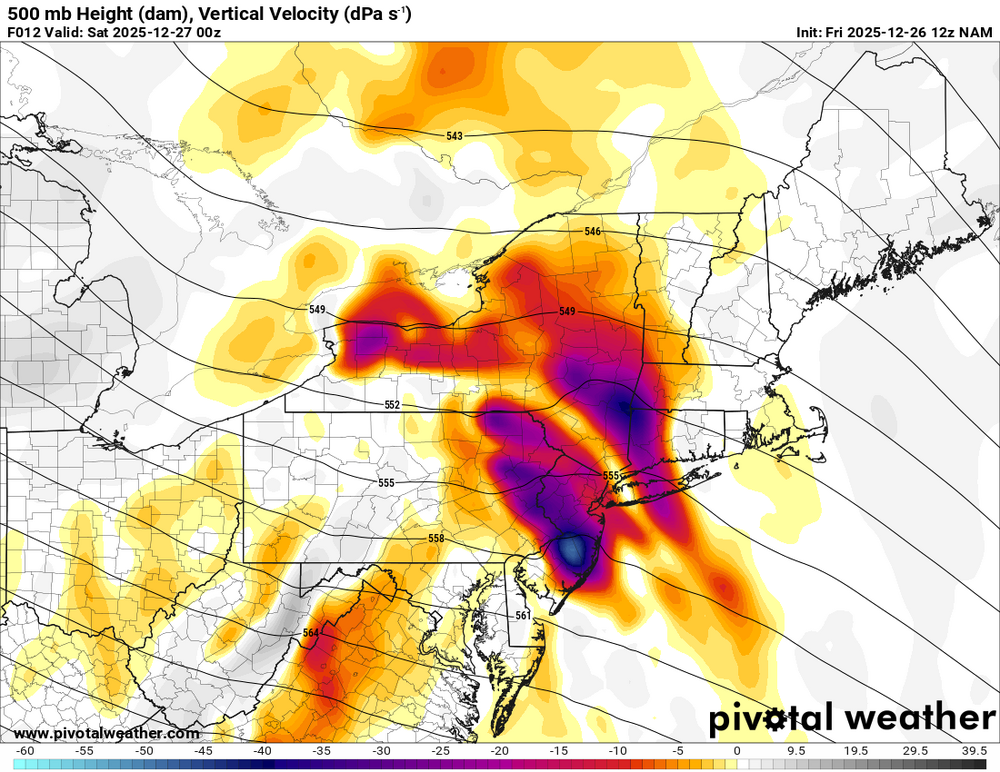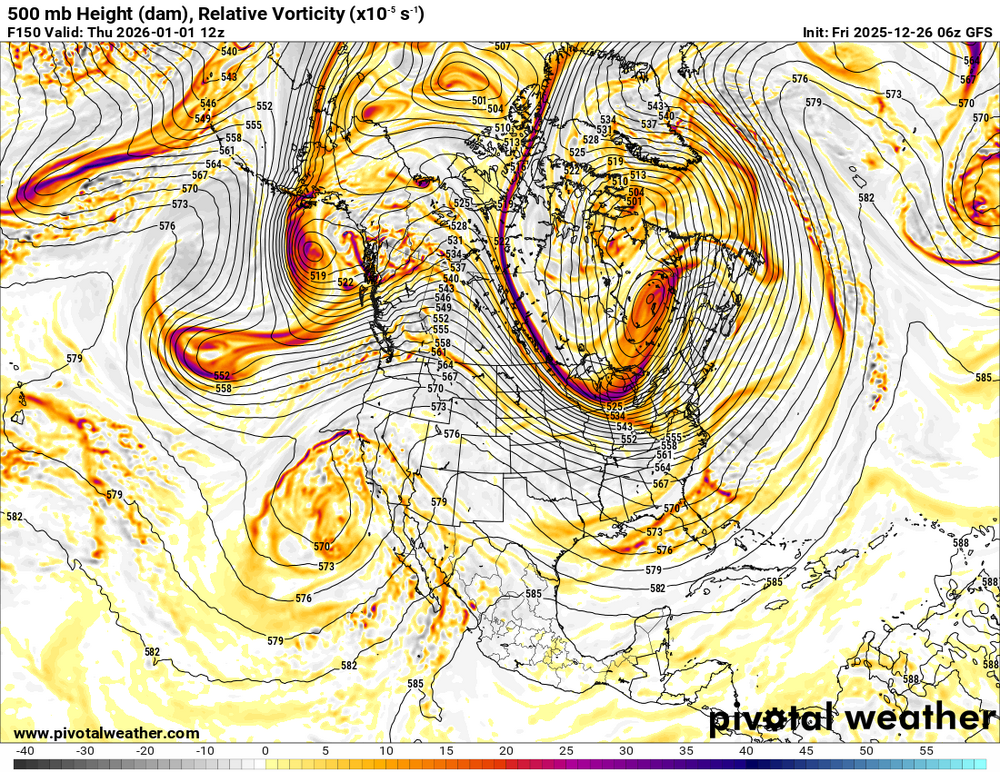-
Posts
3,472 -
Joined
-
Last visited
About EasternLI
Profile Information
-
Four Letter Airport Code For Weather Obs (Such as KDCA)
KHWV
-
Gender
Male
-
Location:
Riverhead, LI
Recent Profile Visitors
The recent visitors block is disabled and is not being shown to other users.
-
January looks quite promising actually. Look at the direction of travel on the EPS. We're starting out the month with what looks increasingly likely to be strong blocking. So it's a time to keep eyes open simply due to that. Then, beyond that, the big Pacific block was taken out. There's a trough now in the Aleutian Islands forcing a +PNA. With what very well could be a decaying west based NAO block by then... There's some really good potential in all of that as we head into peak climo.
-
10-15 day range on 00z EPS clusters had big support for strong blocking on the leading scenario. 30 of the members included in that one.
-
Finished up with 5.5" OTG. So December will finish the month with 10"+ of snow over here. That hasn't happened in many years...
-
Just over 4" OTG. Still snowing pretty good here.
-
Still snowing pretty hard over here. Closing in on 4 OTG.
-
~3" OTG still coming down pretty good here.
-
Yeah, radar is sweet.
-
Yeah, that put down a quick 1.5" and it's still coming down good too.
-
-
Oh yeah this is a nice band. Started right up when it moved in. And it's dumping here now. Everything covered.
-
Hmm you know what, that pattern shown on that 1/19-25 timeframe of that run caught my eye. It's a pretty interesting one. These are very similar key features displayed, to the key features of the 500mb precursor to PV split pattern. Which would be a leading indicator ~14 days ahead of one should one manifest itself properly. Big trough over East Asia, Big ridge in pacific up through Alaska, Vortex in Hudson Bay and Canada, little bit of SE ridge. Even a subtle hint of the high pressure in the Urals in these height lines. Something else to keep an eye out for if we see that. Lots of interesting things going on this year.
-
I've been quietly liking my spot in this since yesterday. Anticipating these slight bumps NE. Longitude helps a bit here in this Frankenstein pattern situation. You'll probably do pretty well too I think.
-
...WINTER STORM WARNING REMAINS IN EFFECT FROM 7 PM THIS EVENING TO 1 PM EST SATURDAY... * WHAT...Heavy snow expected. Total snow accumulations between 7 and 10 inches. * WHERE...Northeast Suffolk and Southeast Suffolk Counties. * WHEN...From 7 PM this evening to 1 PM EST Saturday.
-
Area to watch is higher up actually. DGZ in this is way up around 500mb so look higher for the banding signatures in models. But there is a sneaky warm layer to keep track of too ~750mb. This sounding is from somewhere near the sleet line.
-
Watch that. If you can squeeze even a slightly more amped ridge in the west here, this quickly becomes really interesting with a block in the Atlantic.


